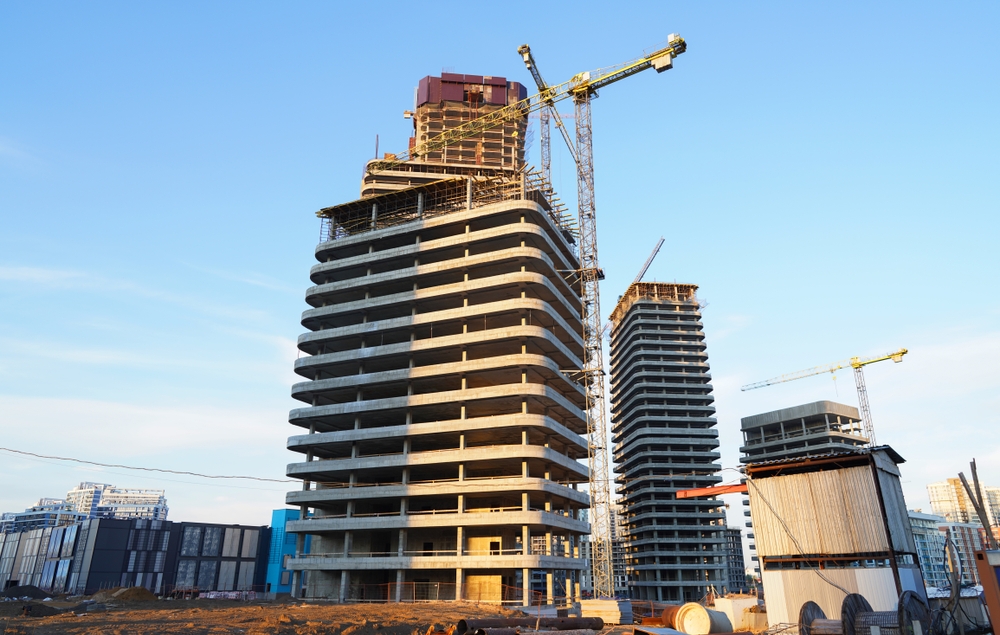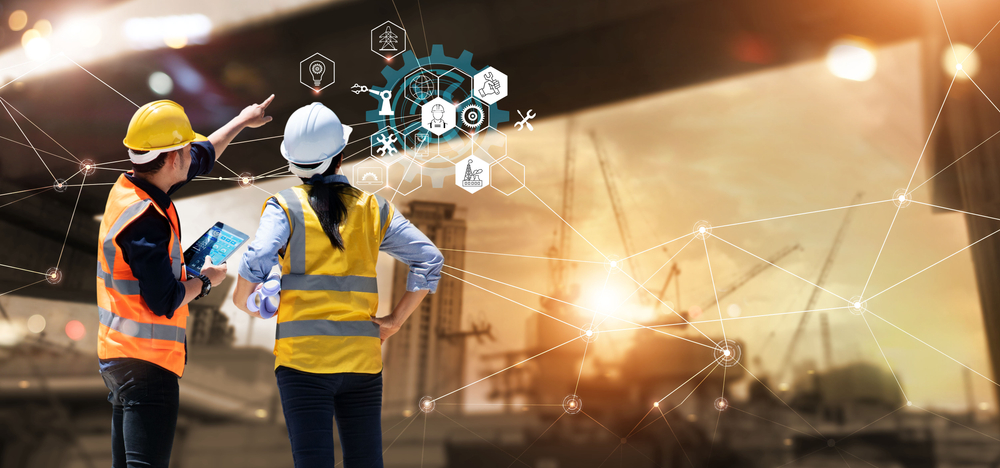How to Use Virtual Reality in Construction Project Planning
How to Use Virtual Reality in Construction Project Planning

Virtual reality (VR) is revolutionizing the construction industry by transforming the way projects are planned, visualized, and executed. It allows construction professionals to create immersive, 3D environments that provide a more comprehensive understanding of designs before the physical work begins. Here’s a step-by-step guide on how to effectively use VR in construction project planning.
1. Enhancing Design Visualization
Virtual reality enables construction teams to visualize project designs in a fully immersive 3D environment, giving stakeholders a true sense of the space and layout.
Benefits:
- Realistic Experience: Instead of looking at 2D drawings or renderings, VR allows users to virtually “walk” through the project, seeing how the completed construction will look and function.
- Better Client Communication: Clients can experience the design firsthand, providing a clearer understanding and reducing miscommunications or unmet expectations.
How to Implement:
- Use 3D modeling software (such as Revit or AutoCAD) to create a detailed model of the project.
- Integrate the 3D model into VR software (such as Autodesk’s 3ds Max or SketchUp VR).
- Use VR headsets like Oculus Rift or HTC Vive to explore the virtual environment.
2. Improving Project Planning and Coordination
VR can help construction teams plan and coordinate more effectively by allowing different stakeholders to collaborate in a shared virtual space.
Benefits:
- Collaborative Review: Architects, engineers, and contractors can simultaneously view and interact with the model, spotting potential design issues or conflicts early in the planning stage.
- Enhanced Coordination: Project managers can better plan logistics, scheduling, and resource allocation by visualizing the construction sequence in a virtual environment.
How to Implement:
- Hold virtual coordination meetings with key team members where the VR model is explored and discussed in real time.
- Use the virtual environment to simulate construction processes, identifying potential bottlenecks and optimizing workflows.
3. Identifying Design Flaws Early
One of the biggest advantages of using VR in construction project planning is the ability to detect design flaws before construction begins, avoiding costly rework.
Benefits:
- Preemptive Issue Detection: VR allows teams to experience the project in its entirety, helping to identify structural or functional issues that may not be apparent in 2D plans or 3D renderings.
- Reduced Errors: By walking through the virtual space, designers and engineers can check the feasibility of their designs and ensure compliance with safety codes and regulations.

How to Implement:
- Encourage regular design reviews in the VR environment to identify potential issues in structure, lighting, or space utilization.
- Use VR tools to simulate how materials and finishes will look in the completed project, ensuring design intent is met.
4. Enhancing Client and Stakeholder Engagement
VR is a powerful tool for engaging clients and stakeholders, allowing them to be part of the planning process.
Benefits:
- Immersive Presentations: Clients can explore the project virtually, making it easier for them to provide feedback or suggest changes.
- Real-Time Modifications: Designers can adjust the model in real time during VR presentations, showing clients how changes will affect the overall design.
How to Implement:
- Host virtual reality presentations where clients can navigate through the project using VR headsets.
- Use client feedback gathered during the VR walkthrough to make design adjustments that meet their vision and expectations.
5. Enhancing Safety and Training
Virtual reality can also play a role in improving safety during construction by allowing workers to familiarize themselves with the site and procedures in a virtual environment.
Benefits:
- Pre-Construction Site Familiarization: VR allows construction workers to explore the virtual site before work begins, identifying hazards and preparing for complex tasks.
- Safety Training: Workers can undergo safety training in VR, experiencing scenarios such as working at heights or in confined spaces, and learning how to respond to potential hazards without real-world risks.
How to Implement:
- Use VR software specifically designed for safety training in construction, like HoloBuilder or SafetyVR.
- Develop virtual environments that simulate various construction phases, allowing workers to practice safe procedures before stepping onto the actual site.
6. Streamlining Pre-Construction Approvals
Getting approval for designs, permits, and other aspects of construction planning can be a lengthy process. VR helps streamline this by offering a more comprehensive view of the project for decision-makers.
Benefits:
- Faster Approvals: Approving authorities can explore the project in VR, gaining a deeper understanding of the proposed design and how it aligns with regulations.
- Stakeholder Buy-In: VR can help win over decision-makers by presenting a tangible vision of the final product, encouraging faster approvals for design changes or permits.
How to Implement:
- Present VR walkthroughs to city planners, zoning boards, or other regulatory bodies as part of the approval process.
- Use VR to provide a visual demonstration of how the project will fit into the surrounding environment, making it easier to secure necessary permits.
7. Optimizing Construction Site Layouts
VR helps with planning the logistics and layout of construction sites by offering a 3D visualization of how equipment, materials, and workers will move through the site.
Benefits:
- Efficient Space Management: VR helps identify the best placement for storage, equipment, and workspaces, ensuring optimal use of the available area.
- Improved Workflow Planning: Teams can simulate construction activities in VR to plan the most efficient paths for workers and materials, avoiding clashes and delays.
How to Implement:
- Use VR to create a virtual representation of the construction site, integrating aspects such as material storage, heavy machinery placement, and pedestrian paths.
- Allow site managers and workers to virtually tour the planned layout, ensuring that the site setup will promote efficiency and safety.
8. Facilitating Post-Construction Maintenance and Operations
VR can be used for more than just the planning phase; it can also aid in the maintenance and operation of buildings after construction is complete.
Benefits:
- Digital Twin Technology: VR can be paired with Building Information Modeling (BIM) to create digital twins—virtual replicas of the completed building, which are invaluable for facility management and maintenance.
- Efficient Maintenance Planning: Building managers can use VR to identify potential maintenance needs and train personnel on maintaining complex systems.
How to Implement:
- Create a digital twin of the building using VR and BIM integration, providing facility managers with a virtual replica for ongoing maintenance and monitoring.
- Use VR for training maintenance staff on building systems, allowing them to practice tasks like HVAC maintenance or electrical repairs in a safe, virtual environment.
Conclusion
Virtual reality is a game-changing technology that enhances every aspect of construction project planning, from design visualization and safety training to improving collaboration and client engagement. By adopting VR, construction firms can reduce risks, cut costs, and deliver projects more efficiently. As VR technology continues to evolve, its role in construction will only grow, making it an essential tool for modern construction project managers.
External Resources for Legal Guidance
Mistakes in Construction Project Management
Read more related articles to enhance your knowledge and make informed decisions
10 Essential Steps in the Building Construction Process
How to Choose the Right Materials for Your Construction Project








